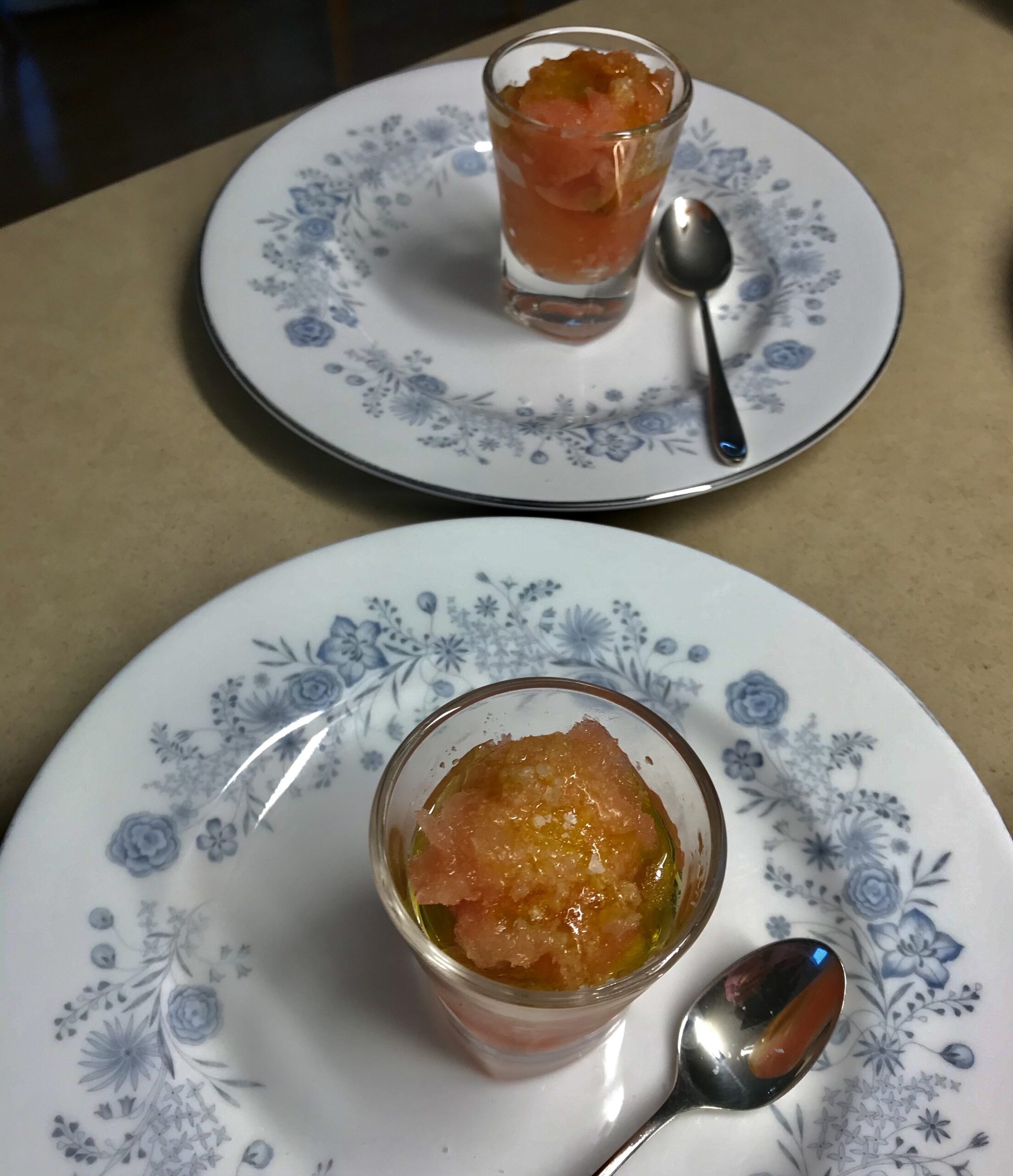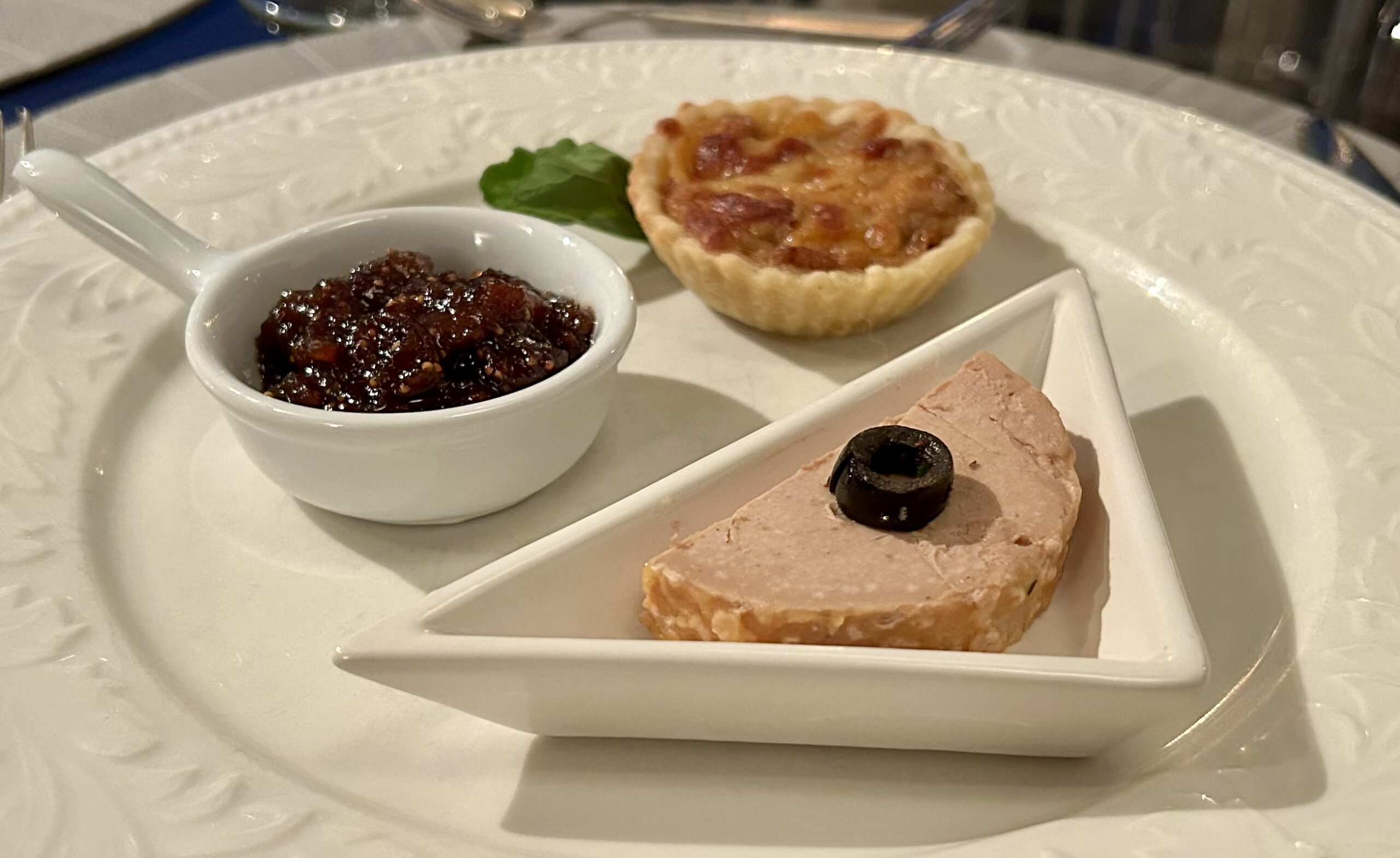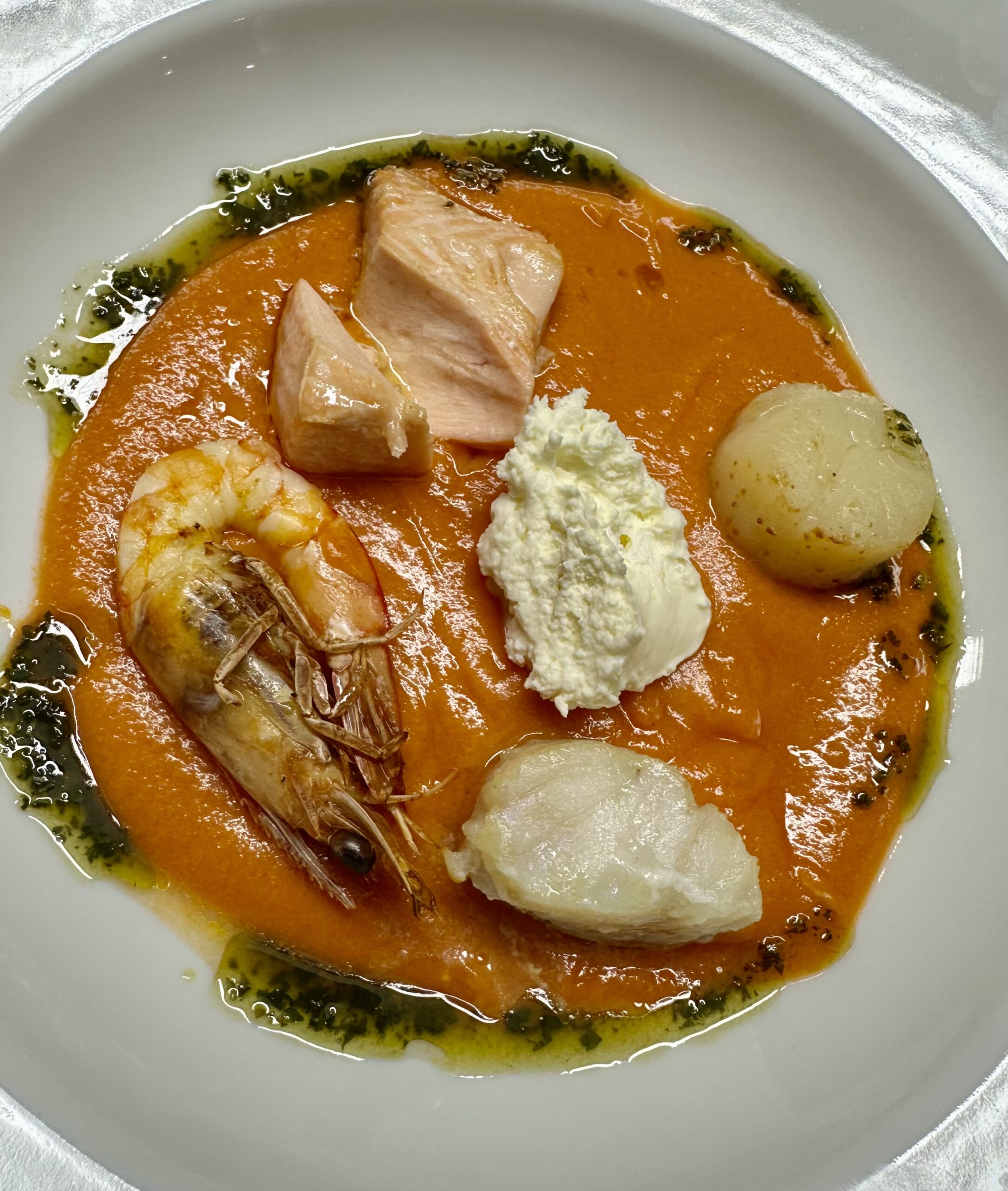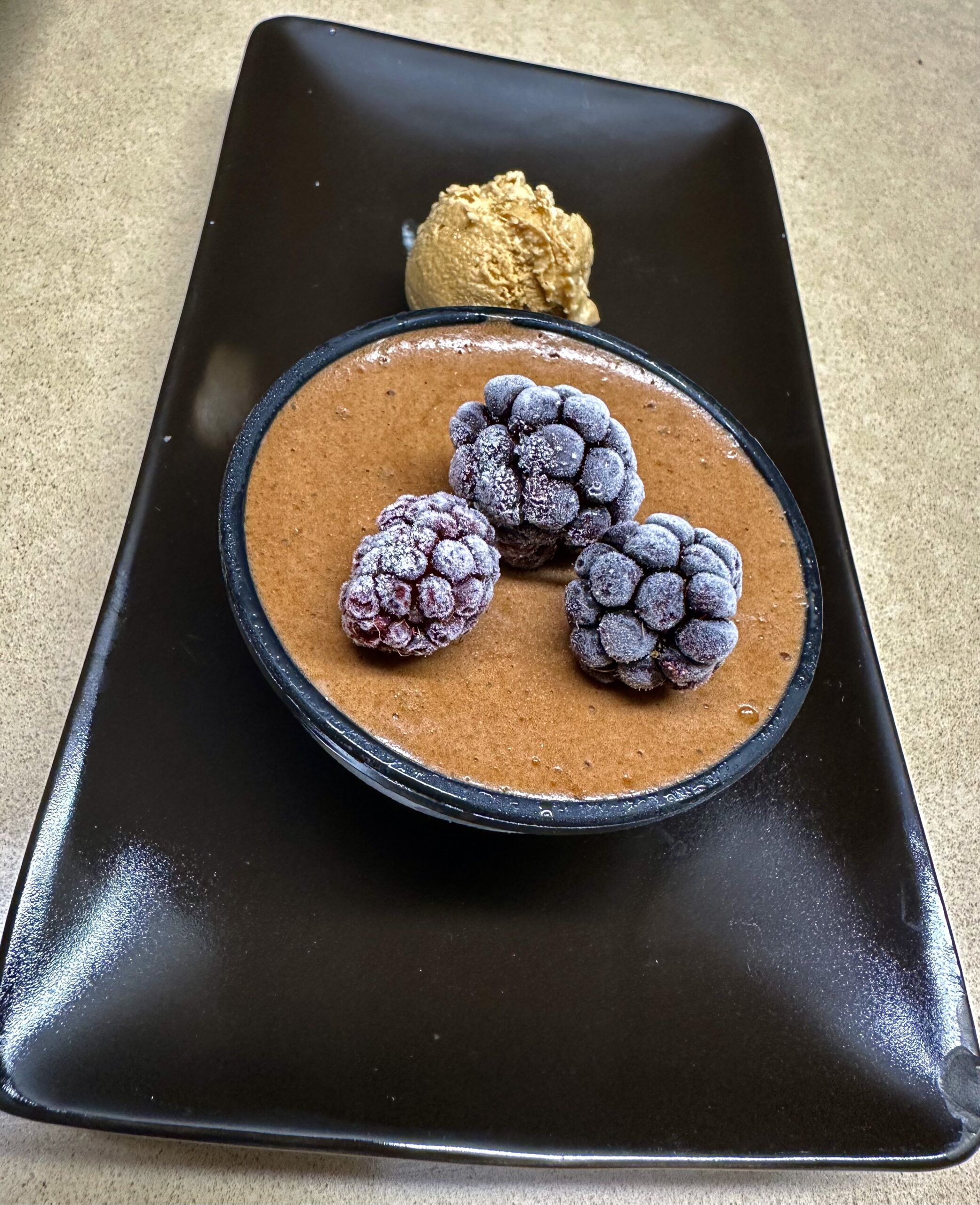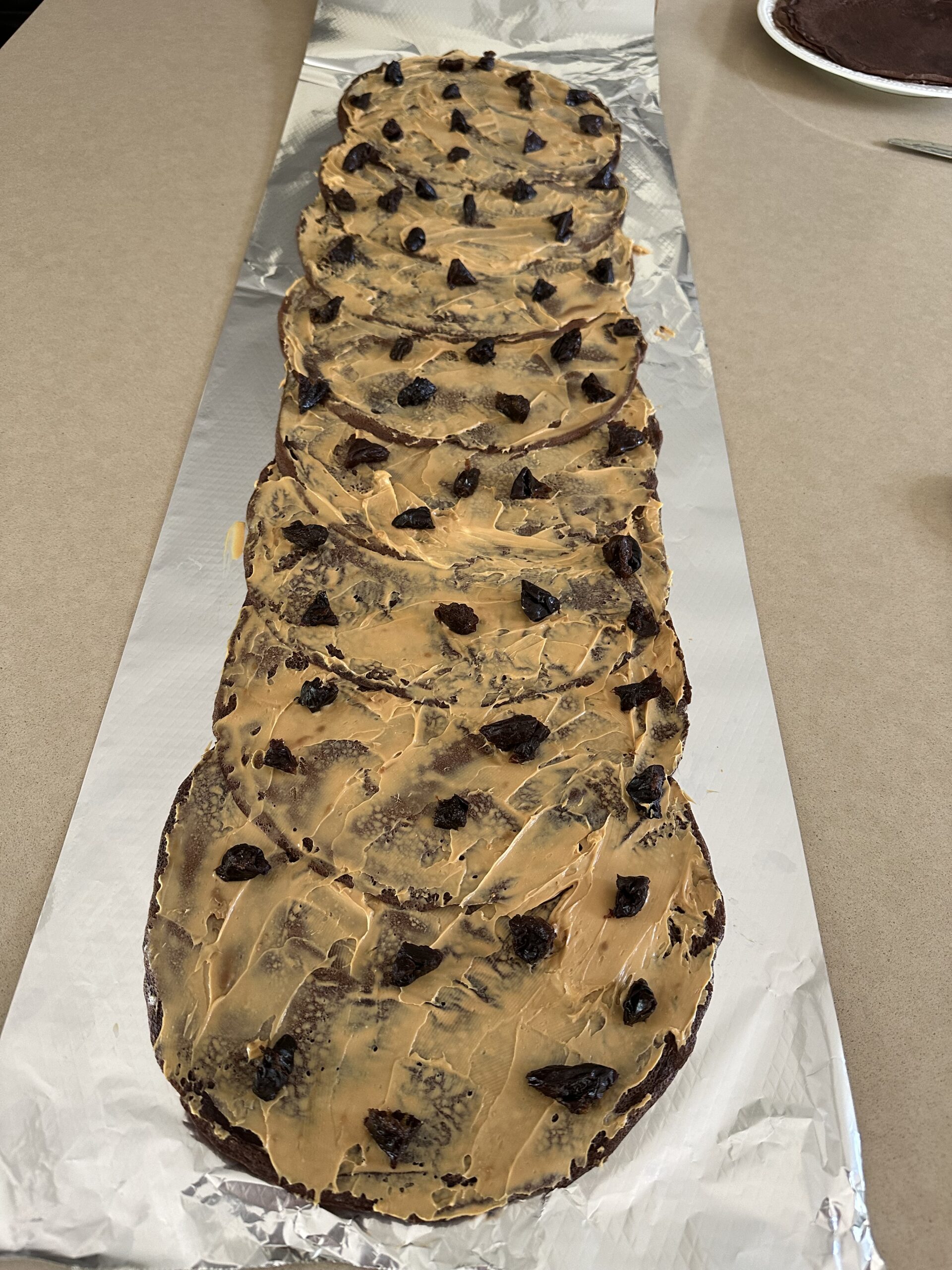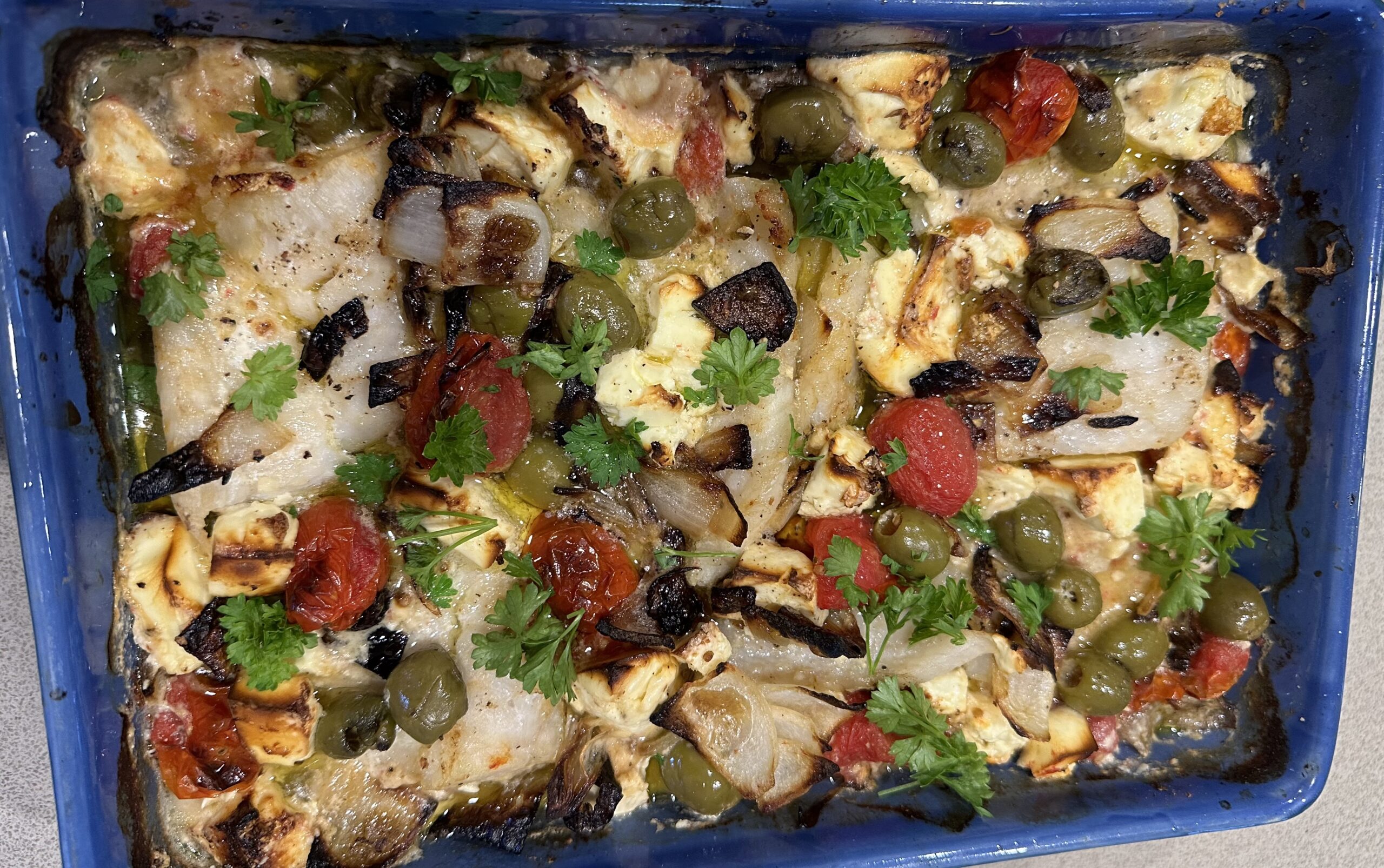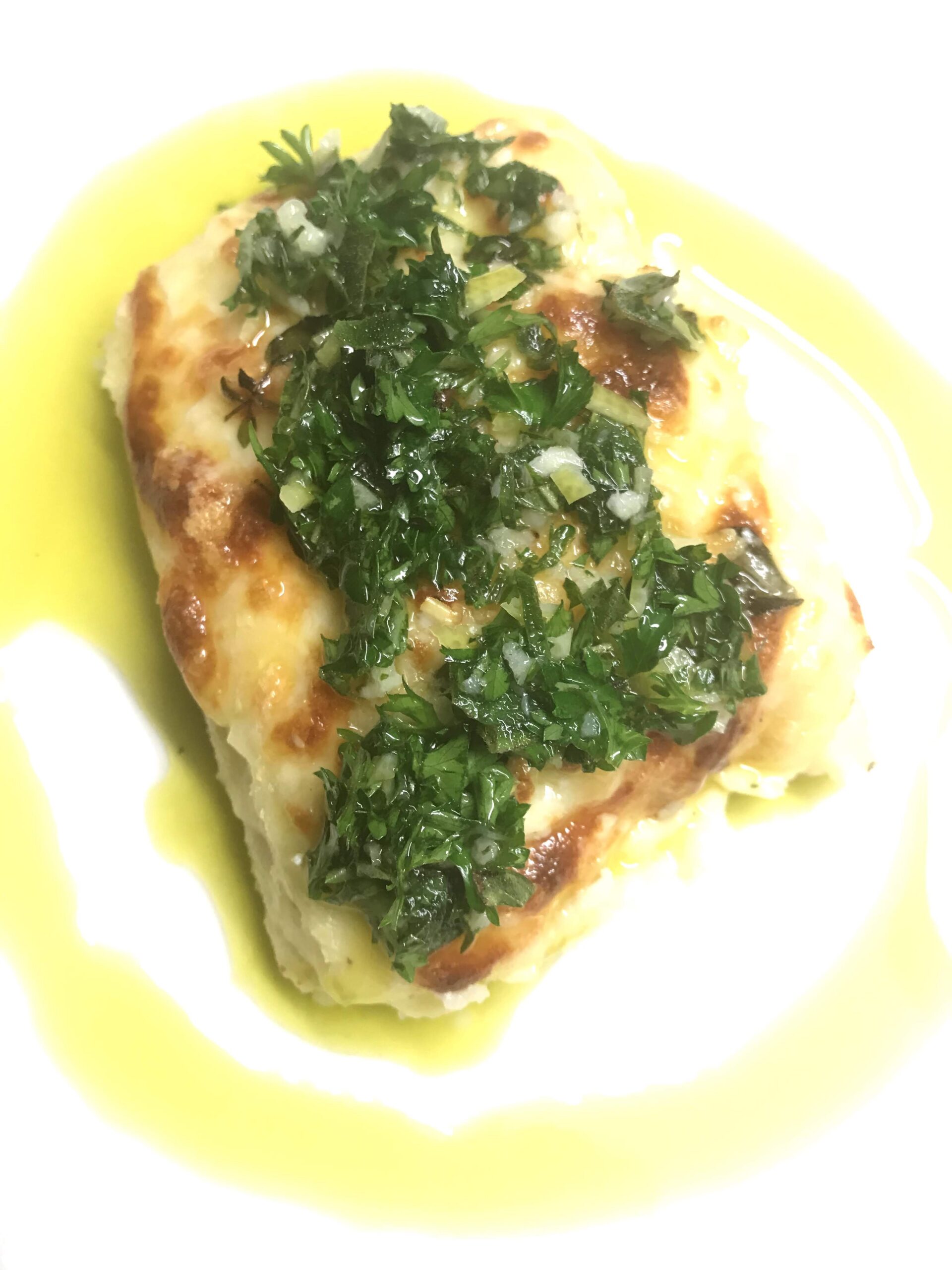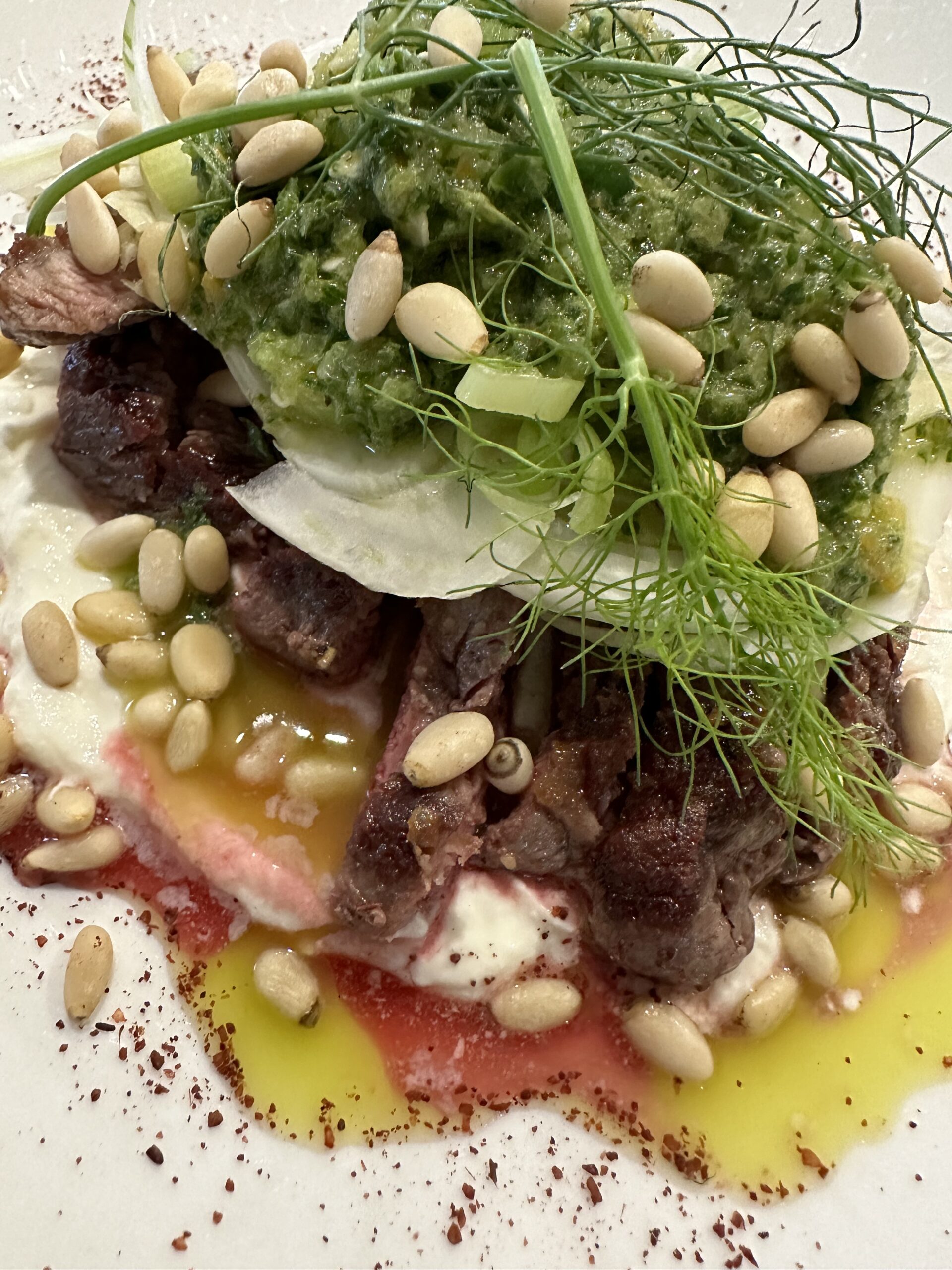This recipe is adapted from one I found on the Australian Gourmet Traveller website. We have a special gadget to make black garlic which we keep in the garage. We keep it there for two reasons. Firstly it’s about the size of a rice cooker and we don’t have room for it in the kitchen and secondly we don’t want the whole house to smell of garlic. It takes several several days on a very low heat to turn a dozen bulbs of garlic into black garlic. It makes a very welcome gift to friends and family who like to cook. When buying the fresh garlic you need to choose big ones with large cloves. If you can’t be bothered to make your own, black garlic can be bought at specialty food stores and farmers’ markets.
It’s not easy to describe, but I think it tastes like a cross between black truffles and an aged balsamic vinegar. Quite sweet and not particularly garlicky. A delicious addition to canapés, sauces and marinades, it can also be mashed with butter to serve on top of grilled steaks or blended into mayonnaise to make black garlic aioli.
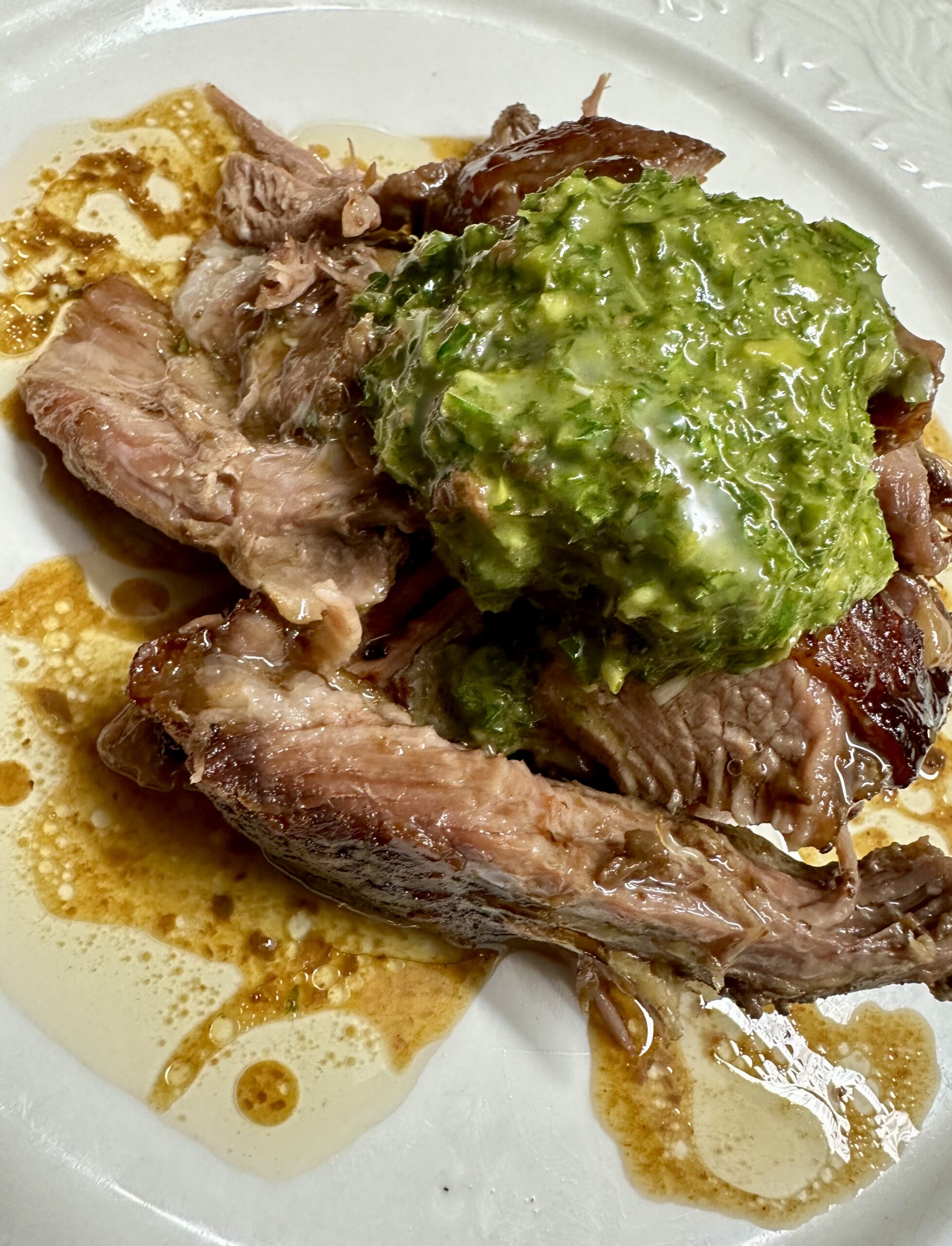
1 boned leg or shoulder of lamb
1 head of black garlic
2 Tbs olive oil
1 tsp salt
1 cup beef stock
Herb Pesto:
1 cup each loosely packed parsley and mint
½ cup chives or 1 spring onion
4 cloves garlic
2-3 pieces lemon rind removed with a veg peeler
¼ cup lemon juice
4 anchovy fillets
1 Tbs capers
½ cup olive oil
Preheat oven to 140°C. Place lamb in a Dutch oven or large casserole with a lid. Squeeze the black garlic cloves to remove the papery skins and place them in a food processor with the olive oil and salt and blend until smooth. Scrape the mixture out onto the lamb, then use your hands to coat the meat, rubbing it in to every crevice. Place in casserole, add stock and cover with the lid. Can be prepared ahead to this stage.
Roast for 4 hours, basting from time to time.
For the pesto, place all the ingredients in a food processor and process, stopping to scrape down the sides, until you have a chunky pesto-like sauce. Keeps for a day or so in the fridge.
When the meat is ready it will be very tender. Remove from the oven and allow to rest for 15 minutes. Slice and serve with the pesto and a drizzle of the pan juices. I served it with a whole roasted cauliflower and some baby potatoes.
Serves 6

